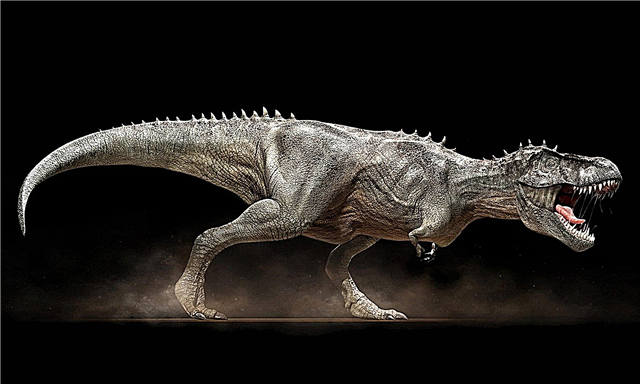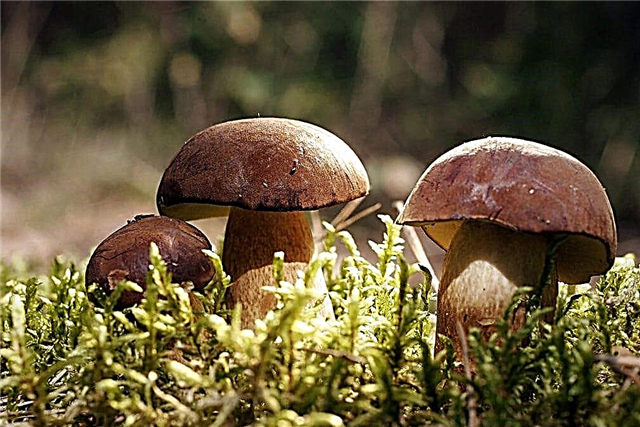
If a dove is in the sky, they say that it flies. There is a completely scientific explanation for this fact: you just need to analyze two aspects.
Sparrows and pigeons - facts
The most famous of feathered neighbors is a house sparrow. There are also field and about a dozen more varieties. The habitat of these gray small-sized birds is all continents.
This has not always been the case. Sparrows originally lived only in Northern Europe. Then the habitat became wider - almost the entire continent of Eurasia, east and north of Africa, Java, the regions of Asia Minor, and the Arabian Peninsula. In the XX century, birds of this species were brought to other countries, so now sparrows are found everywhere.

The exception is the Arctic and Antarctica. But at the mouths of Pechora, in the north of Yakutia, it is quite possible to meet. The climate did not become an obstacle: birds followed man.
Pigeons are also common on five continents. The genus has 35 species: speckled, brown, black, Himalayan, etc.
Even 5,000 years ago, a wild bluish man was tamed by a man. Now more than 800 domestic breeds, including meat, have been bred. Birds used to be used as a means of communication - they sent mail. Another option for using birds is in aerial photography.
Why do pigeons walk and sparrows bounce?
If you compare the pigeon and the sparrow, it immediately becomes clear that the first is much larger than the second. The difference in weight and size is striking.In terms of grams, it will be 25-30 against 265-380, that is, the pigeon is by weight more than a sparrow no less than 10 times.
This is one of the factors by which birds in different ways move on the ground. Scientists say that the pigeon is just hard to jump, so he walks sedately on a flat surface. Even the wind helps the small gray sparrow to move around. He seems to push the bird.
Size does not always determine the way of moving on the ground. A magpie, for example, jumps, and is similar in size to a dove. Proportionality also affects. The ratio of the size of the body and tail of the sparrow is equivalent. Pigeons have a smaller tail, which makes jumping uncomfortable. If the bird is still going to follow the example of a smaller fellow, then it’s as if “crouching”.
The difference in movement is facilitated by the structure of the paws. In sparrows, they are short and move simultaneously (the so-called paired muscle is responsible for this). Walking by birds is very difficult, because it is impossible to maintain balance.
Pigeons have legs with a long knee joint. Such a structure makes jumping difficult, but does not exclude it as a way of moving. Therefore, it is quite possible to see pigeons "jumping" or preparing for such an action.
Lifestyle
Science also explains the method of movement on the earth by such factors as habitats. If the birds have to spend most of the time in the crowns of trees and on the branches of bushes, then they jump on them. To see a sparrow somewhere on an apple tree in the garden is not difficult.And when the bird appears on the ground, it still continues to move in small leaps.
Habits work among birds.
Pigeons use branches only as a perch. It is impossible to see them galloping in the crown of trees. Hence the choice of the method of movement on the ground and other surfaces: pigeons walk or run.
There is a legend that the way to travel a la allure is God's punishment. It was these birds who supplied the nails for the cross on which Jesus Christ was crucified. In addition, various gloating was constantly tweeted. For this, God “awarded” the birds with invisible shackles on their paws.
You can believe the legend about the punishment, but the scientific justification will be correct. The method of movement of birds is influenced by their mass, body structure and lifestyle. Nimble sparrows, accustomed to dwell in the crowns of trees and bushes, have short paws, so jumping is usual for them. Pigeons, whose weight can reach almost 400 g, know how to jump, but this is difficult. It’s more common for them to walk (still run) on the ground. They use branches only as a perch.











